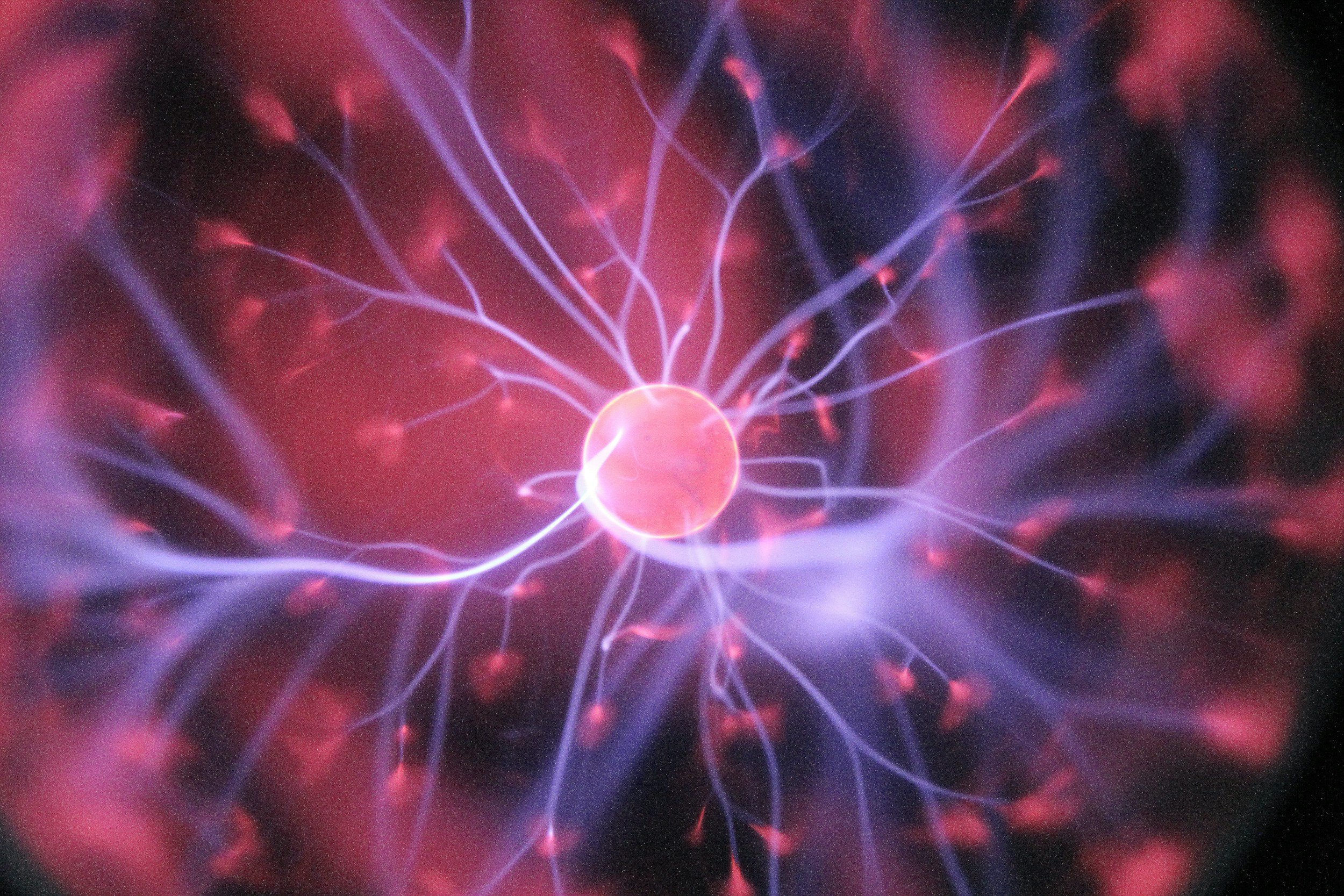
Future Energy Policy: Key Goals of the Democrats
As the Biden-Harris administration approaches the final stretch of its term, the administration’s energy policy has marked significant achievements while setting ambitious goals for the future. With Vice President Kamala Harris now leading the campaign for the upcoming election, the administration’s energy agenda focuses on expanding clean energy resources, reducing energy costs, and enhancing climate resilience.

Energy Sparks 26/08: Five Intriguing Energy Stories You Need to Know
Welcome to Energy Sparks, your weekly exploration of the most captivating stories from the world of energy. Each week, five diverse pieces, ranging from the latest news and cutting-edge data to insightful articles and eye-opening stats. Whether these stories are fresh off the press or highlight important trends from recent months, they all share one thing: they’re shaping the future of energy.

Energy Sparks 19/08: Five Engaging Stories from the World of Energy
Welcome to Energy Sparks, your weekly exploration of the most captivating stories from the world of energy. Each week, five diverse pieces, ranging from the latest news and cutting-edge data to insightful articles and eye-opening stats. Whether these stories are fresh off the press or highlight important trends from recent months, they all share one thing: they’re shaping the future of energy.

Data Center Stat Pack: The Impact of Digital Growth
Demand for digital services is growing rapidly, reshaping the way we live, work, and communicate. Since 2010, the number of internet users worldwide has more than doubled, now encompassing over four billion individuals. This surge in connectivity has driven a staggering 25-fold increase in global internet traffic, as more people engage in online activities such as streaming videos, using social media, and accessing cloud-based applications.
However, the latest wave of new digital technologies is now contributing to a new surge in energy consumption. With AI, cryptocurrency, and advanced cloud storage solutions becoming increasingly prevalent on devices and integrated into everyday life, the energy required to support these technologies is expected to increase at a more rapid rate.

Energy Sparks 12/08: Five Fascinating Stories Shaping Our Future
Welcome to Energy Sparks, your weekly exploration of the most captivating stories from the world of energy. Each week, five diverse pieces, ranging from the latest news and cutting-edge data to insightful articles and eye-opening stats. Whether these stories are fresh off the press or highlight important trends from recent months, they all share one thing: they’re shaping the future of energy.

EV Market Dynamics: Analyzing Growth Trends in Europe and China
In recent months, the UK has experienced slower-than-expected growth in electric car sales, a trend that mirrors the situation in several European markets. While the global transition towards electric vehicles (EVs) is ongoing, the anticipated surge in consumer demand has not fully materialized in these regions. As a result, the latest expected market share for Battery Electric Vehicles (BEVs) has been adjusted to 18.5%, down from the 19.8% projected in April. This adjustment reflects a recalibration of expectations amid various market challenges. Nonetheless, overall market growth is still anticipated for 2024.

UK Raises Offshore Wind Budget: Inviting Bids to Drive Clean Energy Ambitions
The United Kingdom has long been a leader in offshore wind energy, a vital component of the nation's renewable energy portfolio. As the world moves towards cleaner and more sustainable energy sources, the UK government has committed to bolstering this sector, with a focus on delivering clean power by 2030.

Balancing Act: Navigating Renewable Energy’s Intermittency, Demand, and Storage Challenges
The demand for electricity in everyday life is increasing rapidly and is projected to grow significantly in the future. Two key drivers for future growth are the rising adoption of electric vehicles and the expanded use of heat pumps for heating the home. Simultaneously, countries worldwide are integrating more low-carbon energy sources into their power grids to hit climate goals. However, challenges persist due to the intermittent nature of renewable energy sources.

The United Kingdom's Path to Net Zero
The UK in 2019 became the first major economy to legislate a binding target for achieving net zero emissions by 2050.
In the future, electricity use in the UK is anticipated to rise significantly due to the widespread adoption in transport and heating as part of the country's low-carbon transition. To meet this growing demand while achieving net-zero emissions, the UK will increasingly rely on renewable energy sources and nuclear power.

Future of Nuclear Energy supporting Sustainable Energy
Nuclear power looks set to support the future of clean, sustainable energy systems globally. Its high efficiency and reliability position it well to complement intermittent renewable sources, contributing to a more stable and resilient energy grid. This holds promise in achieving energy goals and bolstering nations' energy security.

Heat Pumps - Financial Incentives
Governments around the world are increasingly turning their attention to heat pumps as a key technology in the transition towards more sustainable and efficient energy systems. The UK currently has approximately 412 heat pumps per 100,000 people, significantly lower than the European average of 3068 heat pumps per 100,000 people. In line with the UK's climate change targets, the government aims to install 600,000 low-carbon heat pumps annually by 2028.

Energy - A Progressive Pricing Model
A progressive pricing model that offers financial incentives to promote change in energy-consuming behavior. A four tier approach where electricity prices rise in response to consumption thresholds. Every consumer starts at tier one with pricing increasing by 10p for every 1,500 kWh consumed.
